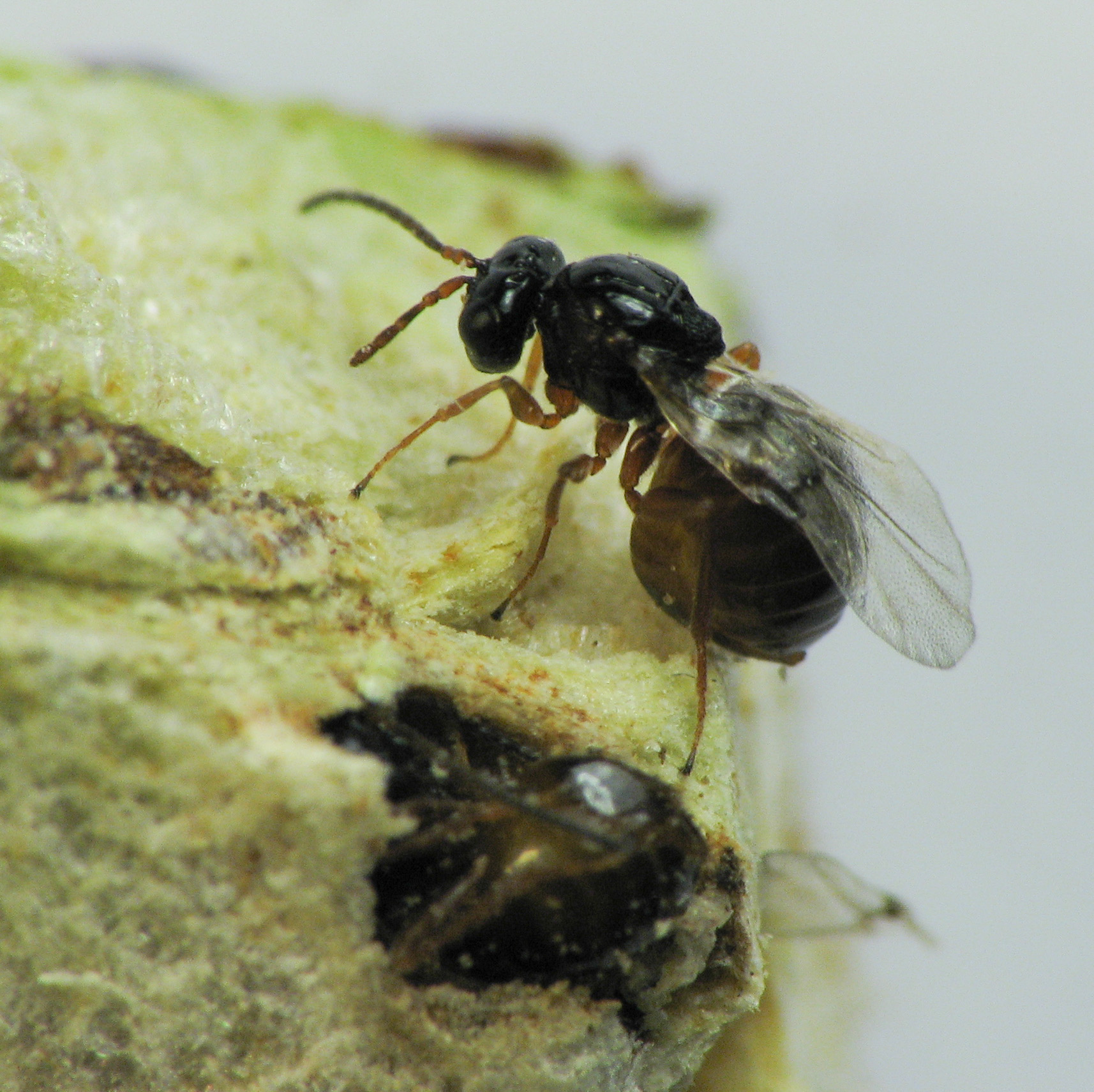|
Diastrophus
''Diastrophus'' is a genus of gall wasps in the family Cynipidae. There are at least eight described species in ''Diastrophus''. Species These eight species belong to the genus ''Diastrophus'': * '' Diastrophus colombianus'' Nieves-Aldrey, 2013 ( gall on ''Rubus glaucus'') * ''Diastrophus cuscutaeformis'' (blackberry seed gall wasp) * ''Diastrophus kincaidii'' Gillette, 1893 * ''Diastrophus mayri'' Reinhard, 1876 * '' Diastrophus nebulosus'' (blackberry knot gall wasp) * ''Diastrophus potentillae'' Bassett, 1864 * ''Diastrophus rubi'' (Bouché, 1834) * ''Diastrophus turgidus'' Bassett, 1870 i c g Data sources: i = ITIS, c = Catalogue of Life, g = GBIF, b = Bugguide.net n = ResearchGate References Further reading * * * Cynipidae Articles created by Qbugbot Taxa named by Theodor Hartig {{apocrita-stub Hymenoptera genera ... [...More Info...] [...Related Items...] OR: [Wikipedia] [Google] [Baidu] |
Diastrophus Rubi
''Diastrophus rubi'' is a species of gall wasp in the family Cynipidae that live on the stems of bramble (''Rubus'' species). The insect was first described by the German entomologist Peter Friedrich Bouché in 1834 and is found in Europe. Description Gall Some herbivorous insects create their own microhabitats by forming an abnormal growth, in this case a gall. Both upright and prostrate stems can be galled and they are often low down and hidden by vegetation. They tend to be most noticeable in the winter when brambles have lost some of their foliage. The gall is an elongate swelling in the stems of brambles; 2–15 cm long and circa 1 cm wide. They are often curved or they cause the stem to bend and can contain up to 200 spherical swellings. Each swelling is a chamber containing a white wasp larva. Larvae overwinter in the gall and adults emerge the following spring. Galls can remain on the plants for many years, are often silvery and numerous exit holes can be seen. ... [...More Info...] [...Related Items...] OR: [Wikipedia] [Google] [Baidu] |
Diastrophus Potentillae
''Diastrophus potentillae'', also known as the cinquefoil bud gall wasp, is a species of gall wasp in the family Cynipidae. It is found in eastern North America. It makes galls on the stems of ''Potentilla canadensis Potentilla canadensis, the dwarf cinquefoil, is a species of cinquefoil ( genus '' Potentilla'') native to North America. The Iroquois take a pounded infusion of the roots as an antidiarrheal. The Natchez give the plant as a drug for those ...'' and '' P. simplex''. References Further reading * Cynipidae Hymenoptera of North America Insects described in 1864 Taxa named by Homer Franklin Bassett Articles created by Qbugbot Gall-inducing insects {{apocrita-stub ... [...More Info...] [...Related Items...] OR: [Wikipedia] [Google] [Baidu] |
Gall Wasp
Gall wasps, also incorrectly called gallflies, are hymenopterans of the family Cynipidae in the wasp superfamily Cynipoidea. Their common name comes from the galls they induce on plants for larval development. About 1,300 species of this generally very small creature (1–8 mm) are known worldwide, with about 360 species of 36 different genera in Europe and some 800 species in North America. Features Like all Apocrita, gall wasps have a distinctive body shape, the so-called wasp waist. The first abdominal tergum (the propodeum) is conjoined with the thorax, while the second abdominal segment forms a sort of shaft, the petiole. The petiole connects with the gaster, which is the functional abdomen in apocritan wasps, starting with the third abdominal segment proper. Together, the petiole and the gaster form the metasoma, while the thorax and the propodeum make up the mesosoma. The antennae are straight and consist of two or three segments. In many varieties, the backside o ... [...More Info...] [...Related Items...] OR: [Wikipedia] [Google] [Baidu] |
Cynipidae
Gall wasps, also incorrectly called gallflies, are hymenopterans of the family Cynipidae in the wasp superfamily Cynipoidea. Their common name comes from the galls they induce on plants for larval development. About 1,300 species of this generally very small creature (1–8 mm) are known worldwide, with about 360 species of 36 different genera in Europe and some 800 species in North America. Features Like all Apocrita, gall wasps have a distinctive body shape, the so-called wasp waist. The first abdominal tergum (the propodeum) is conjoined with the thorax, while the second abdominal segment forms a sort of shaft, the petiole. The petiole connects with the gaster, which is the functional abdomen in apocritan wasps, starting with the third abdominal segment proper. Together, the petiole and the gaster form the metasoma, while the thorax and the propodeum make up the mesosoma. The antennae are straight and consist of two or three segments. In many varieties, the bac ... [...More Info...] [...Related Items...] OR: [Wikipedia] [Google] [Baidu] |
Articles Created By Qbugbot
Article often refers to: * Article (grammar), a grammatical element used to indicate definiteness or indefiniteness * Article (publishing), a piece of nonfictional prose that is an independent part of a publication Article may also refer to: Government and law * Article (European Union), articles of treaties of the European Union * Articles of association, the regulations governing a company, used in India, the UK and other countries * Articles of clerkship, the contract accepted to become an articled clerk * Articles of Confederation, the predecessor to the current United States Constitution * Article of Impeachment, a formal document and charge used for impeachment in the United States * Articles of incorporation, for corporations, U.S. equivalent of articles of association * Articles of organization, for limited liability organizations, a U.S. equivalent of articles of association Other uses * Article, an HTML element, delimited by the tags and * Article of clothing, ... [...More Info...] [...Related Items...] OR: [Wikipedia] [Google] [Baidu] |

